
Working through sculpture and installation, Dora Budor is often in dialogue with the architectural spaces and contexts in which her work is exhibited, weaving spliced and reworked narratives that tend to evoke a disjointed, almost sci-fi cinematic experience. “I am more susceptible to relationships created than to the objects themselves, which means engaging given contexts, structures and conditions,” Budor writes. “I don’t per se believe in a static envelope of art but perceive it as something homeorhetic that exists in constant flux and needs to be negotiated. Therefore, the way I make exhibitions is through systems, which become affected by temporal and experiential conditions.”
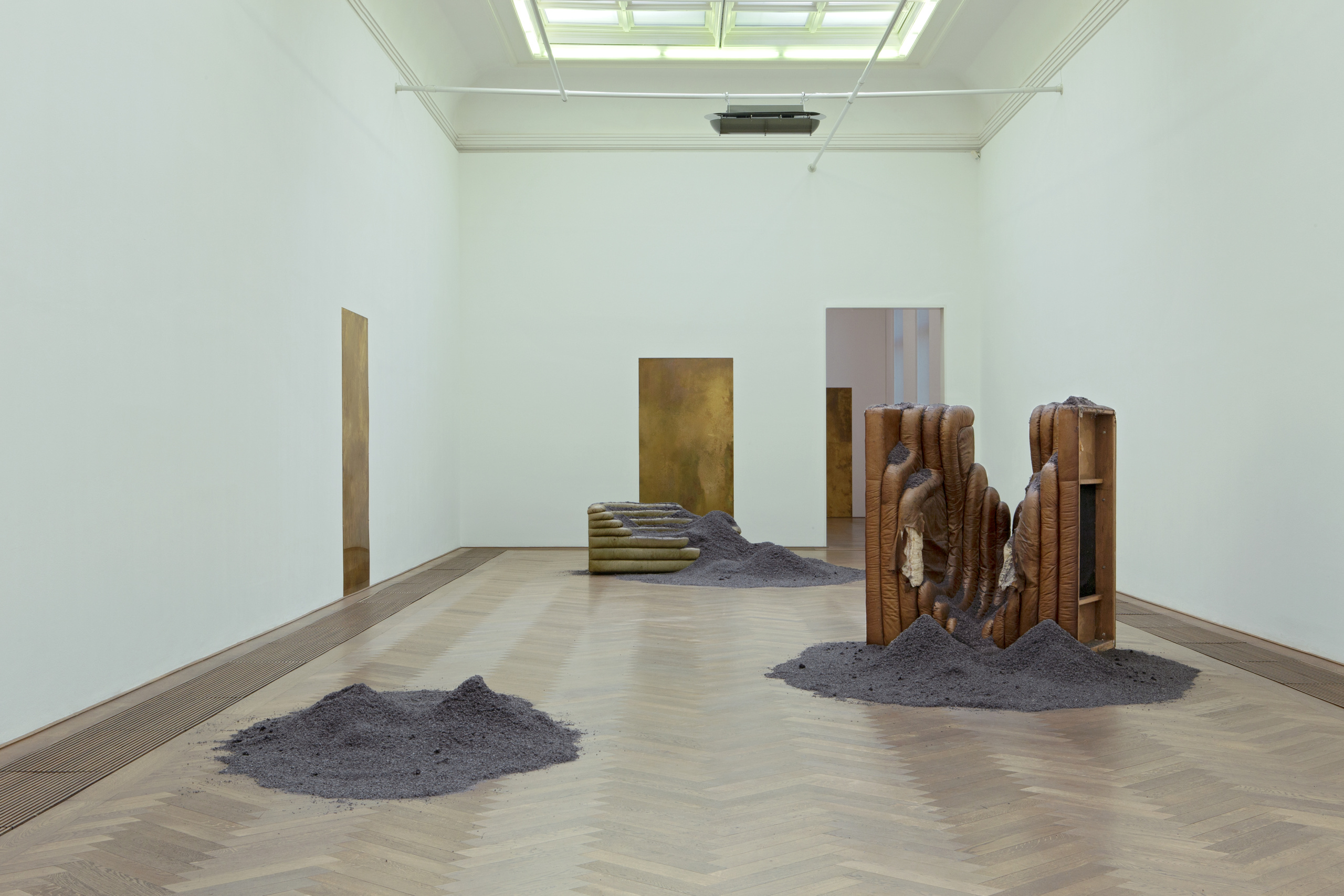
Her immersive projects excavate history and infrastructure while incorporating surrounding variables such as sound pollution, meteorological changes, visitors’ movements or urban development. “For me, constructing a transitional situation is about synergetic relationships between human and non-human agents. I look at how meaning is constructed and circulated through materials and images, often moving fluidly between fiction and reality,” she says. “Different ideas of ecosystems are brought together: both biological and image worlds, environmental concerns and intraactions between micro and macro scales.” The result is a complex body of artistic actions that redefine the spatial characteristics of the exhibition site and its surroundings, highlighting layers and forces that are otherwise not clearly visible.
For her 2019 series Origin, exhibited at the Istanbul Biennial that year, Budor created kinetic environmental chambers—sealed vitrines in which dusts and pigments were animated by air gusts activated by noises from the nearby construction of a parking complex. This symbiotic dynamism is indicative of Budor’s practice; her 2019 solo exhibition “I am Gong” at Kunsthalle Basel included a 14-channel soundscape hidden behind the walls, ceilings and floors of the museum, which was modulated constantly according to the noises from the renovation of the adjacent concert hall, turning the whole building into an instrument. The New York–based artist is currently preparing for two solo exhibitions: her largest to date at Kunsthaus Bregenz in Austria in 2022 (preceded by a six-month residency at Callie’s in Berlin) and another at Progetto in Puglia, Italy.

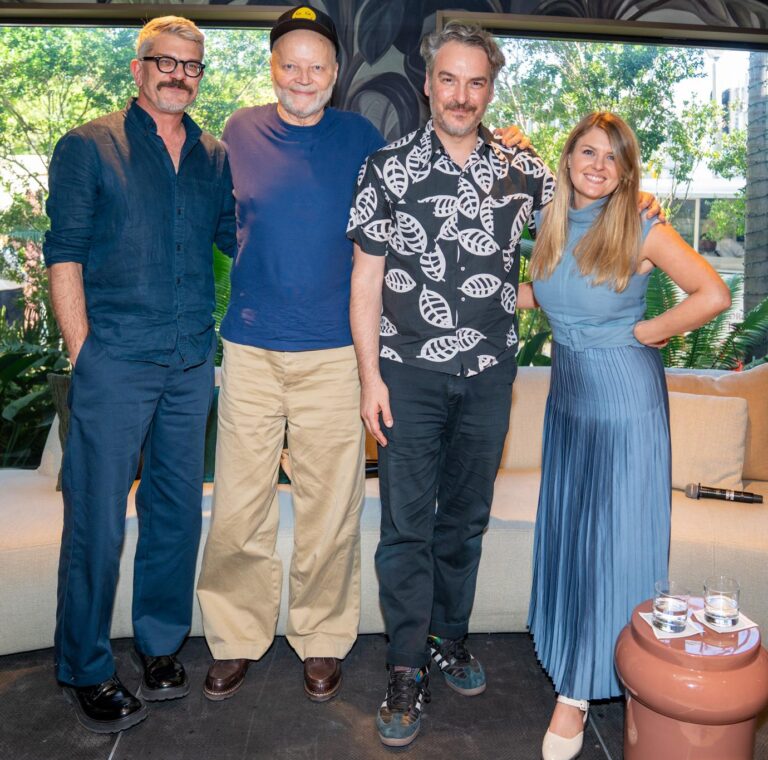
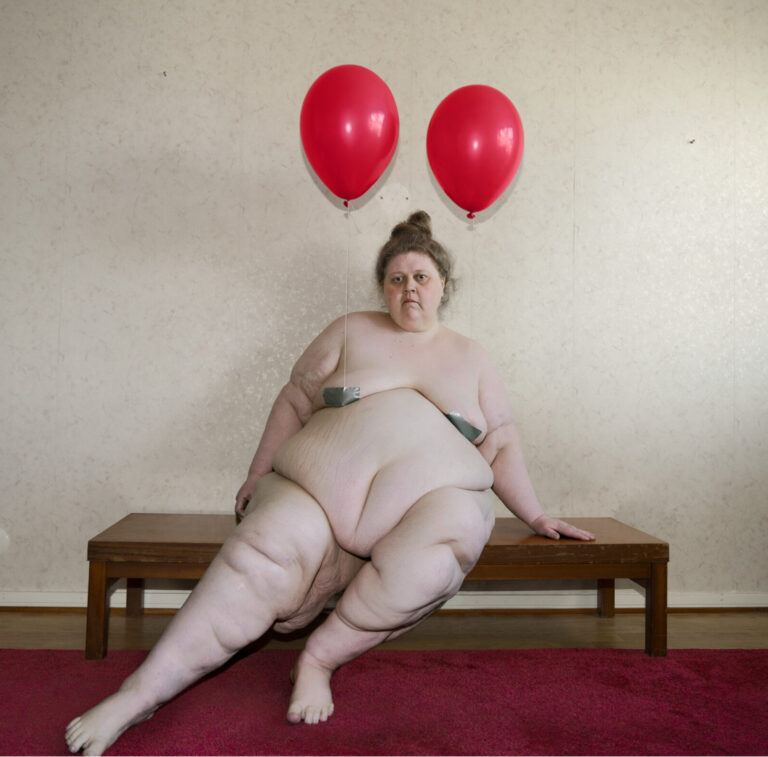
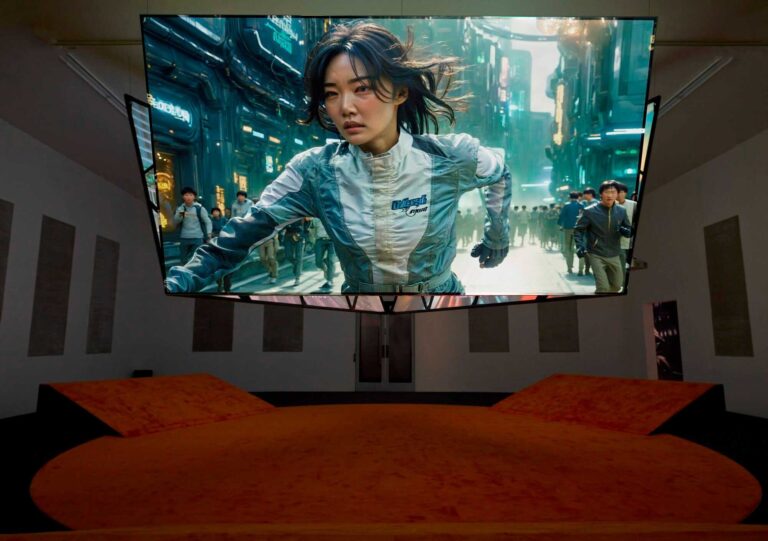
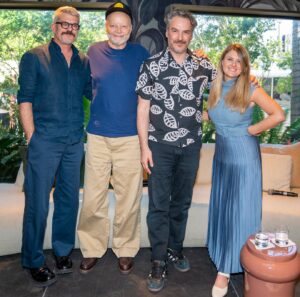





 in your life?
in your life?

